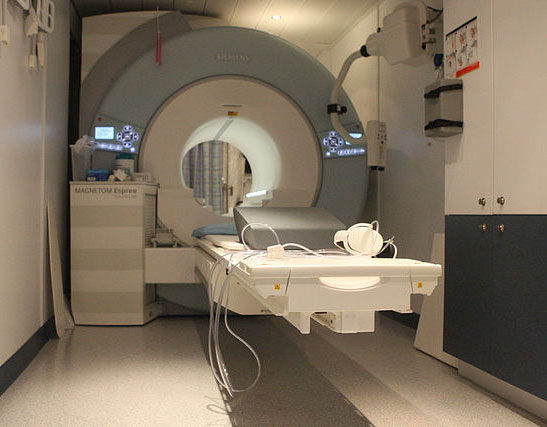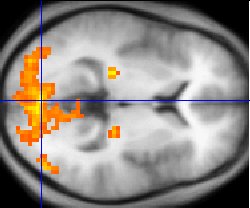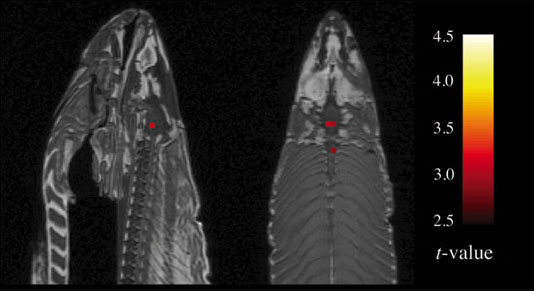Dead Salmon and Good Statistics
by Andrew Boyd
Today, outrageous research. The University of Houston's College of Engineering presents this series about the machines that make our civilization run, and the people whose ingenuity created them.
The subject in the study was a dead salmon. Researchers placed the fish in a brain imaging device. Next, they showed it pictures of a human in various social situations. They then asked the salmon what emotion the human must have felt. The researchers in turn discovered that the salmon's brain showed neural activity when confronted with the pictures.
At this point you're probably asking yourself a host of questions, foremost of which is why on earth someone would perform such an experiment in the first place. So let's go back to the beginning of the story.
The particular device the researchers were using — an MRI — required calibration. For fun, the young academicians chose to scan atypical materials for their calibrations. Specifically, they challenged themselves to scan "the most curious objects [they] could find at the local grocery store." Thus, the salmon. It was shown the pictures and asked the questions in an effort to simulate the experiment to be performed on humans.

So what about the brain activity? The scanning technique used by the researchers starts by overlaying a three dimensional rectangular grid over whatever's being scanned — a human head or, as the case may be, a dead salmon. The grid contains hundreds of thousands of individual cubes. The scan determines whether each individual cube shows neural activity or not.

Problem is the process isn't perfect. There's a chance that a cube with no activity will register as having activity. The probability of error is small for an individual cube, but there are so many cubes it's likely that some will show activity when there really isn't any.
Good statistical methods exist for uncovering such errors. The researchers didn't use these methods, and there were enough errant cubes to conclude the dead salmon's neurons were indeed firing.

But there's one more twist to the story. The researchers really didn't conclude the dead salmon's brain was active. They were underscoring that proper statistical methods must be used in brain studies. A lot of published research wasn't using those methods.
When they first sought to publish their results the researchers were rejected out of hand. Somehow referees just couldn't seem to get past the dead fish. And the paper is purposely humorous. "One mature Atlantic salmon participated in the study," reads the paper. "It is not known if the salmon was male or female, but given the post mortem state of the subject this was not thought to be a critical variable." In the end, both the message and the humor found acceptance, and the paper found a suitable home. It went on to win a 2012 Ig Nobel Prize. The award's a bit tongue in cheek, but not without merit, as more than one Ig Nobel winner has gone on to win a true Nobel Prize.
I'm Andy Boyd at the University of Houston, where we're interested in the way living minds work.
(Theme music)
Notes and References:
C. Bennett et.al. Neural Correlates of Interspecies Perspective Taking in the Post-Mortem Atlantic Salmon: An Argument for Multiple Comparisons Correction. Poster presentation at the 2009 Human Brain Mapping Conference. See also: http://prefrontal.org/files/posters/Bennett-Salmon-2009.pdf. Accessed May 7, 2013.
C. Bennett et.al. 2010. "Neural Correlates of Interspecies Perspective Taking in the Post-Mortem Atlantic Salmon: An Argument for Multiple Comparisons Correction." Journal of Serendipitous and Unexpected Results. 1:1, pp. 1-5.
C. Bennett. The Story Behind the Atlantic Salmon. From the prefrontal.org website: http://prefrontal.org/blog/2009/09/the-story-behind-the-atlantic-salmon/. Accessed May 7, 2013.
The fMRI of the dead salmon can be found in many locations and is considered public domain. The fMRI of the human brain and the picture of the people looking through an MRI are from Wikimedia Commons.
Thanks to Evan Brott and Neil Biehn for bringing this story to my attention.
This episode first aired on May 9, 2013.